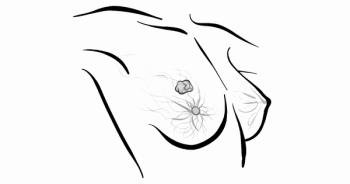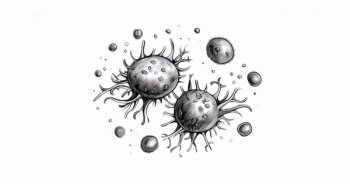
Discussing the FOHAIC-1 Study for Patients With HCC
Ming Zhao, MD, explains the background of the FOHAIC-1 study.
Ming Zhao, MD, professor of oncology in the Department of Minimally Invasive Interventional Radiology at Sun Yat-Sen University Cancer Center, discusses the FOHAIC-1 (NCT03164382) clinical trial examining hepatic arterial infusion chemotherapy (HAIC) of oxaliplatin, fluorouracil/leucovorin (FOLFOX; HAIC-FO) versus sorafenib (Nexavar).
The phase 3 study enrolled 262 participants with advanced hepatocellular carcinoma (HCC) who were previously untreated with systemic therapy. Patients were randomized 1:1 to receive either HAIC-FO or sorafenib.
The primary end point was overall survival (OS) with secondary end points consisting of time to progression and time to intrahepatic tumor progression. More often than not, patients had advanced HCC, a performance status of 1 or 2, and a tumor involvement which lodged in 15% of the liver.
Transcription:
0:08 | The primary objective of this study was OS which compares HAIC-FO and sorafenib. Before we started the study, we assumed the OS in the sorafenib and the HAIC-FO group and we calculated a sample.
0:56 | From 2017 to maybe 2 years ago, we finished the study. The best 9 characteristics of these patients are very different from the previous study. These patients have many more advanced HCC and a performance status of 1 or 2. A performance status of 0 is rare. The tumor diameter is very large. The tumor involvement lodges in 15% of the liver and occupied 15.3% of the whole patient.










































